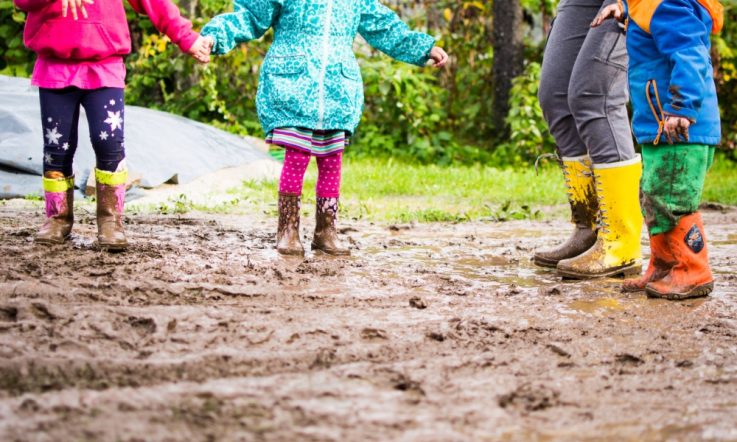In the second of two articles exploring how educators are using early years data to inform practice, Teacher finds out how one Adelaide primary is supporting students and parents during the transition and orientation to school.
The Australian Early Development Census (AEDC) measures five ‘domains' of early childhood development – physical health and wellbeing, social competence, emotional maturity, language and cognitive skills, and communication skills and general knowledge.
Children are assessed as being either ‘on track', ‘at risk' or ‘vulnerable'. According to 2015 data, just over one in five children (22 per cent) starting school are ‘developmentally vulnerable' in one or more of the five domains. Schools can also drill down to their local results – for Black Forest Primary School in Adelaide, South Australia, social competence and emotional maturity were two areas of concern.
‘In the social competencies we actually had a fluctuating result,' Deputy Principal Leanne Prior explains. ‘The percentage of children vulnerable in that domain in 2009 was around 18 per cent, in 2012 it was 23 per cent and now [in 2015] we're back to 19 per cent. However, the thing is that we're 8.9 per cent higher than the Australian data [for 2015] so that certainly grabbed our attention.
‘The other one was the emotional maturity. We did have a slight decrease in the percentage of children vulnerable in this domain over the past three collections – in 2009 we had 27 per cent, in 2012 24 per cent and in 2015 we had 21 per cent. That's something that we really have had to sit up and take notice of and respond to, because that's 12.6 per cent higher than the national data and it continues to be the domain where we have the greatest percentage of children in the vulnerable range. So, that is one domain that we've been working really hard at.'
Being developmentally vulnerable in the emotional maturity domain may mean children have problems managing aggressive behaviour, are easily distracted, usually not inclined to help others and get upset when left by a parent or carer. In the social competence domain, children who are developmentally vulnerable may have low self-confidence and self-control, have difficulty getting along with other children, have difficulty following class rules and routines, and not accept responsibility for their actions.
Rather than a ‘one-size-fits-all' approach, staff are using a variety of strategies to help children develop skills in both domains. These include a greater focus on explicit teaching and modelling of pro-social and helpful behaviour, helping children manage their anxieties and fears rather than being dismissive of them, and being more explicit about the teaching of problem-solving. On the latter, this includes supporting children with problem-solving during yard play, at break times and lunch rather than being punitive or dismissive. The outdoor playground has also been restructured to offer a nature play area to give children opportunities to be more creative and imaginative in their play, learn how to manage risks and take responsibility.
Information is given through newsletters and whole workshops as part of the orientation to school program to ensure parents recognise the equal importance of each domain. Collaboration is another crucial part of the jigsaw: Junior Primary and Early Years staff work closely together in professional learning communities and the school shares its AEDC data with feeder kindergartens. Prior says this is vital. ‘It's all fine to collect the data but unless you're actually going to analyse it and look at what it means in practice, then there's not a lot of point. [It] provided us with a longitudinal view about the children that we're working with and how are we responding. What differences are we making in the way that we build relationships? What opportunities are we providing for children?'
Ultimately, she adds, it has helped Black Forest Primary move from a focus on how children are ready for school to how the school is ready for the child. ‘The AEDC data has impacted on the way that we view transitions to school and understand what it means for a child to make that transition to school, and in viewing transition through the eyes of the child.'
What does your local AEDC data show? What are the areas for improvement?
As a school leader, do you encourage staff from different year levels and faculty areas to share student data?
How are you using student data to reflect on your own teaching practice and inform next steps?



